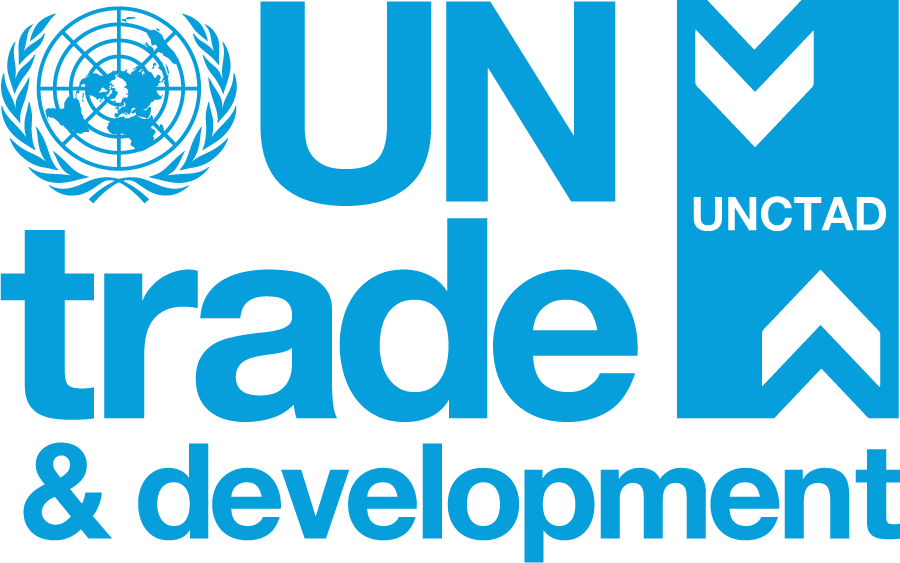Representatives from civil society shared their views during a roundtable discussion on how to make trade work for the Sustainable Development Goals.
The 2030 Agenda for Sustainable Development renews the international community's commitment to making trade a key enabler for development. This is in line with the founding principles of UNCTAD -- linking trade outcomes to development has been UNCTAD's raison d'être since its first conference in 1964.
But as the world moves forward with implementing the 2030 Agenda, the challenge remains helping policy makers map out the exact areas of policy coordination that are needed to make trade work for the SDGs. In this context, UNCTAD organized a meeting in Geneva on 12 October on the policy interfaces between trade and the SDGs and invited development practitioners, including civil society organizations, to share their views on how trade policy could contribute to achieving the goals.
The outcome of the discussions will be reflected in a forthcoming publication titled Trade, Market Access, and the SDGs.
Two of the views civil society representatives shared with UNCTAD are included below.
Elisabeth Losasso, Project Manager, WWF International Sustainability lies at the heart of the 2030 Agenda for Sustainable Development. Environmental concerns are integrated into 14 of the 17 SDGs. This transformational plan recognizes that natural resources underpin the economy and support human development and quality of life. Trade and trade policy can help in the achievement of several goals, but can also drive ecosystem loss if effective environmental policies are not in place and the value of natural capital is not recognized. Illegal trade in wildlife is a major threat to endangered species. Although the Convention on International Trade in Endangered Species is the adequate mechanism to address this problem, complementary trade policies are needed because the convention only protects the species listed in its appendices. Trade policy could help by ensuring that highly traded commodities, such as seafood, timber, soy, beef and palm oil, be at a minimum legally produced and traded. But even the legal trade of most goods leaves an ecological footprint; thus trade policy should create incentives to sustainably source and produce what we consume. If trade policy instruments would allow preferential treatment for goods and services with clear and credible benefits for the environment, they would be more readily available and cost less. In this context, environmental standards and certifications can play an important role in the interface between trade and the environment-related goals and targets, by encouraging consumers and supply chains to favour products derived from flora and fauna that have been sustainably sourced and traded.
Marc Van Ameringen, Executive Director, Global Alliance for Improved Nutrition From a food and nutrition point of view, our global trading system is off-balance. On one side of the scale are the 1.9 billion people that struggle with obesity and overweight; on the other side are the 800 million people who go hungry every day. Moreover, about one-third of all food produced is thrown away. Trade policies determine what food is produced, where it is produced, to whom it is sold and at what price. The rules of the current trading system have led to waste and unhealthy populations on both sides of the scale. They need to be fixed. One way to do so would be to move forward on the Doha Round of trade negotiations, particularly on the discussions that concern agricultural trade reform. When we look at agricultural trade policies and regulations, we need to examine them less through the lens of trade liberalization and more through the lens of nutrition and food security. Certain policies increase trade but undermine the health of local populations--these should be seen as poor policy choices. We need adequate regulations that support farmers to grow and sell more nutritious foods, and that protect consumers, especially children in the developing world, from unhealthy diets that are high in calories and low in micronutrients. |




